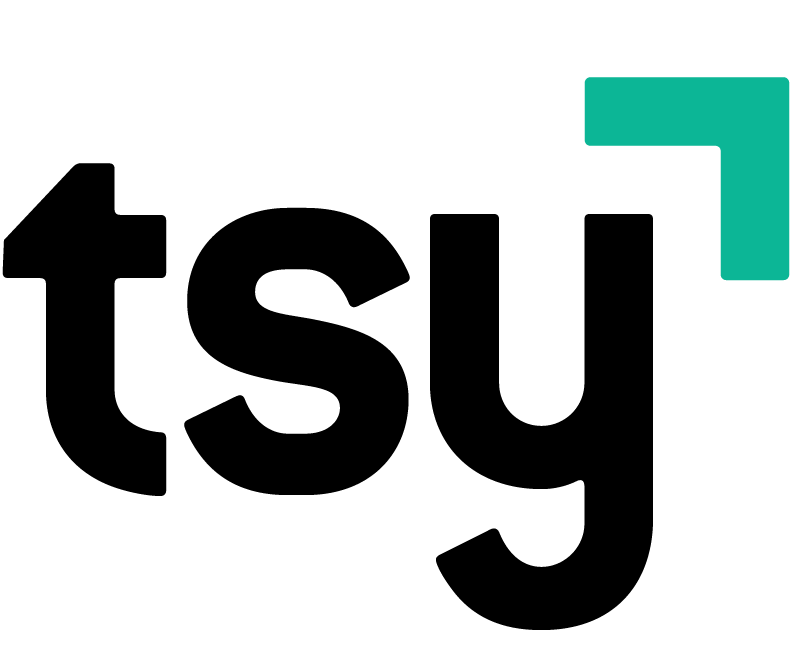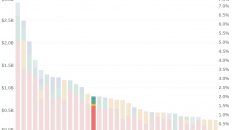$PINS Bull Thesis Explained
If you think that $PINS is a social media company, you are wrong about Pinterest.
Think about how you use traditional social media. You log in, scroll down through your feed, add reactions and comments few things here and there. Maybe you update your status, throw a few photos up there from a recent trip, and tag a few buddies. The traditional social media experience has two main elements. First, it's not very focused. There's no real aim to your activity; you just scroll down, see what catches your interests, and maybe join a conversation or two around something on your feed. Second, it's focused on your past. I don't mean that in a bad way, I mean the focus of Facebook is on updating your status and sharing pictures on what HAS HAPPENED and browsing your friends-list to see what has happened to them. The reason for this is obvious; the more of YOUR information Facebook gets from you and your actions and your friends, the more accurately it can match YOU to advertisers. That's Facebook's core business when it comes to social media; using tons and tons of data to build the most up-to-date, profitable groups of people for businesses to advertise to. Pinterest isn't about what HAS HAPPENED, it's about what is YET TO HAPPEN:

Here's what Evan Sharp, the Co-Founder and Chief Design Officer of Pinterest, has to say about the platform. “I would say emphatically Pinterest is not a social network… You don't come to Pinterest to share. Pinterest is not about expressing yourself to others, it's not about sharing with friends. Pinterest is much more like a search engine than it is a social network, and people who come to Pinterest thinking it's like Facebook or Instagram don't have a great experience because they upload a photo. They're expecting to get feedback but that's not what Pinterest is for.”
Pinterest is about the purposeful discovery of visual inspiration. I'm very careful in choosing those words so let me explain them. When you go to Pinterest, you are specifically browsing for ideas. Maybe it's a recipe, or an outfit, or ideas for a room layout, or a destination to travel for, but you're actively searching for inspiration to take action on something specific. Instead of an outfit, maybe it's a style. Instead of a recipe, maybe it's dinner party ideas. The starting search can be as focused or as fuzzy as you want. As you find things you like, you pin them to a board and then Pinterest goes and shows you more new content that it thinks could also go on that board. Not just images, but videos and soon, live streams as well. Think about how different a board full of connected ideas is from the types of things you save on Facebook or Instagram or Snapchat. Likewise, think about how much more targeted the ads Pinterest can be, since users on the platform are by definition actively looking for something.

(Shown above: one of my Pinterest boards. Can you tell which ones are ads?)
If you're inspired by a certain idea that you were searching for, you're much more likely to buy. In fact, 89% percent of users are on Pinterest specifically for purchase inspiration. According to Sprout Social's 2020 statistics on Pinterest, nearly 9 in 10 users are on Pinterest to plan purchases and find inspiration for what could fit well in their homes, offices or make great gifts for friends and family and a whopping 85% of users have made a purchase based on seeing a branded pin. 97% percent of searches on Pinterest are not brand-related, meaning those purchases are from users discovering a brand's solution to their search on Pinterest, as opposed to already knowing about it beforehand. That means an individual creator or small business has an equal chance of being discovered as a big one. Ask yourself as an investor if that's what people are going on Facebook or Instagram or Snapchat for.
In my opinion as an investor, we shouldn't be comparing Pinterest to Facebook any more than we should be comparing Tesla to Honda or iPhones to desk phones. Sure, on the surface, it looks like these things are competing, but they're completely different once you look under the hood. I spend a fair amount of time thinking about augmented reality, virtual reality, and the metaverse. There's nothing stopping Pinterest from extending its visual catalog to virtual goods. When it comes to the far-term bull thesis, I think Pinterest's visual search technology is exactly how shopping will work when it comes to augmented reality glasses in the real world, identifying objects in virtual reality, and ultimately, shopping inside virtual worlds.

(Shown above: $PINS average revenue per user doubled year-over-year)
Over the next year, I'm going to be looking at three things: the new tools they bring online to enable visual search, new partnerships that bring more products and services to their catalog, and how those things affect their average revenue per user. That's what I think we should be focused on. Today, Pinterest's market cap is under 35 billion dollars. That's almost 3 times less than Snapchat's market cap of 90 billion dollars. I really think the market is asleep on this stock so I've started a position in it and am going to keep averaging up for a long time based on the near-term, mid-term, and long-term vision I've shared with you.
There's a LOT MORE to talk about when it comes to Pinterest. Want to learn more about $PINS and their path to growth? Check out my video on it: https://www.youtube.com/watch?v=HS1CRYXeGSU
Want more content like this? Subscribe to Ticker Symbol: YOU on YouTube and follow me on Twitter!
🙏 Thanks for reading!













